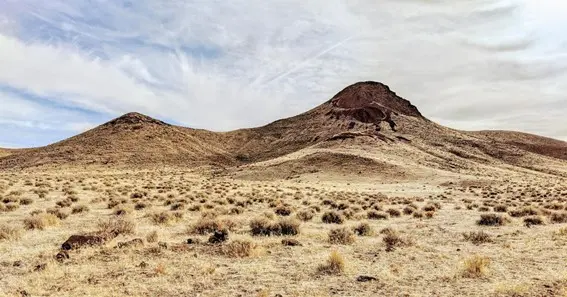The term “peaks on a desert mount” often refers to prominent summits rising from arid landscapes, offering unique geological features and challenging terrains. These desert peaks, such as those in the Desert Mountains range in Nevada, provide breathtaking vistas and are popular among hikers and climbers.
Understanding Desert Mountain Peaks
Desert mountain peaks are elevated landforms that rise prominently from desert terrains. They are characterized by unique geological formations, often resulting from volcanic activity, tectonic movements, and erosion over millennia. These peaks not only offer stunning landscapes but also serve as habitats for specialized flora and fauna adapted to arid conditions.
Notable Desert Mountain Ranges
- Desert Mountains, Nevada: Located in west-central Nevada, this range includes notable peaks like Cleaver Peak, standing at 6,711 feet. The Desert Mountains are known for their rugged terrain and are a destination for outdoor enthusiasts.
- Panamint Range, California: Home to Telescope Peak, the highest point within Death Valley National Park at 11,043 feet. This range offers panoramic views of both Death Valley and Panamint Valley.
Challenges and Rewards of Climbing Desert Peaks
Climbing desert mountain peaks presents unique challenges, including extreme temperatures, limited water sources, and rugged terrains. However, the rewards include unparalleled views, solitude, and the opportunity to experience diverse ecosystems. Proper preparation, including carrying sufficient water, understanding the terrain, and timing ascents to avoid peak heat, is crucial for a safe and enjoyable experience.
FAQ
- What defines a desert mountain peak?
- A desert mountain peak is a prominent elevation rising from an arid landscape, often characterized by unique geological formations and ecosystems.
- What are some notable desert mountain ranges?
- Notable ranges include the Desert Mountains in Nevada and the Panamint Range in California, each offering distinct peaks and terrains.
- What challenges do climbers face on desert peaks?
- Climbers may encounter extreme temperatures, scarce water sources, and rugged terrains, requiring thorough preparation and caution.
- Why are desert mountain peaks significant?
- They offer unique geological insights, support specialized ecosystems, and provide recreational opportunities for adventurers.
- How can one prepare for climbing a desert peak?
- Preparation includes researching the specific peak, carrying ample water, wearing appropriate clothing, and planning the climb during cooler parts of the day.
Exploring the peaks on desert mounts offers adventurers a chance to experience the stark beauty and unique challenges of arid landscapes. With proper preparation and respect for the environment, these summits provide unforgettable experiences and insights into the resilience of nature.
Exploring these peaks allows us to better understand the intricate relationship between desert ecosystems and the forces of nature that shape them.










